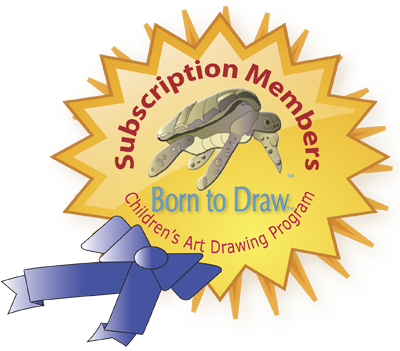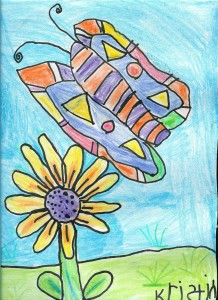Turn “STEM” to “STEAM”
We need to add an “A” for art to the national STEM (science, technology, engineering and math) education agenda and turn it to STEAM, writes guest columnist John Maeda.

John Maeda is president of Rhode Island School of Design and the author of “The Laws of Simplicity and Redesigning Leadership,” which expands on his Twitter feed at @johnmaeda
By John Maeda
Special to The Seattle Times
I tell people that I am a native of Seattle, but that I only knew it before it became cool. The creative economy hadn’t really happened yet — Boeing was the booming Microsoft equivalent back then; there was nascent grunge music and no coffee culture to speak of.
But amid the rain, and the fog, and the rain, and the rain, Seattle was home to the beginning of my journey traversing the fields of technology, art and design.
Eighteen years later on my journey, my foremost conclusion is that there is great power in these fields taken separately, and even more when they are put together. It’s why I believe we need to add an “A” for art to the national STEM (science, technology, engineering and math) education agenda — to turn it to STEAM.
It all began at Graham Hill Elementary School in southeast Seattle, when my third-grade teacher, Ms. Horita, told my parents at a parent-teacher conference that I was good at two things: math and art. My father, a Japanese immigrant, owned and operated a tofu store for 27 years in the Chinatown International District. The day after the meeting, he proudly announced to one of his tofu customers: “John is good at math.”
At the time, it signaled something to me that he left out the art part; I just didn’t know what. In hindsight, it was my first experience of the prejudices that cling to accomplishments in the arts, and a catalyst for me to push for the power of interdisciplinary thinking.
During my middle-school years, I took a bus from the southern part of Seattle, which was racially diverse, to the predominantly white north. I didn’t understand why I had to get on a bus to go to a school that was an hour away from home when there was a school just a few blocks away, but I recall appreciating how much more advanced (and cleaner) the faraway school was.
There were these things called computers there — which I had never seen or known about before. It was 1979, and math classes were getting a turbo-boost from these new kinds of machines.
I eventually went on to pursue both math and art, earning bachelor’s and master’s degrees in electrical engineering and computer science at MIT, followed by a doctorate in design at Tsukuba University in Japan.
As a professor at the MIT Media Lab in the late ’90s, I often got a lot of flack for advocating that artists and designers should write their own computer programs. The prevailing sentiment was, “Why should artists learn to code when there are tools like Photoshop?”
Yet I had come to believe that we needed to treat the computer as a new kind of artistic material and to master it deeply.
And now, I find myself the 16th president of Rhode Island School of Design, a post I took on in part to answer my father’s omission of the “art” in the conversation I witnessed at the tofu shop.
Immersed in art and design as I am here every day, I remain convinced that artists and designers will be the innovators of this century, and that the problem-solving, the fearlessness and the critical thinking and making skills that I see every day are what is needed to keep our country competitive. Designers and artists create objects, devices and services that are more engaging, more efficient, more desirable and ultimately, more human.
Most important, developing this creativity needs to start in the K-12 schools. Sustaining arts education in its own right remains critically important. But equally important is taking a page from schools that have been successful at integrating the arts into STEM curriculum with a STEAM approach.
The Pacific Northwest has been particularly active in generating momentum for STEAM. Here in Seattle, Hawthorne Elementary, one of the six new Creative Approach schools, will be using its flexibility to develop a STEAM curriculum. And
U.S. Rep. Derek Kilmer, D-Gig Harbor, has just joined the recently formed Congressional STEAM Caucus, co-chaired by Rep. Suzanne Bonamici (D-Ore.) and Rep. Aaron Schock (R-Ill.) to advocate for federal policy changes that would integrate art and design into federal STEM education programs.
Seattleites need not travel far to know the power of STEAM. The iconic EMP Museum museum represents the perfect marriage of science and art inside and out, from its current exhibition on the Art of Video Games to the mathematically informed sculptural surfaces of its Frank Gehry design.
Microsoft’s elegant Metro design for the Windows Phone and the Surface succeeds by marrying classical typography with computer-animation wizardry. Our collective heritage is in being unafraid to cross boundaries in the name of creating something new. Recognizing the importance of art and design in innovation — and helping to lead in STEAM education — is a vital way to keep Seattle’s creative economy humming.
John Maeda is president of Rhode Island School of Design and the author of “The Laws of Simplicity and Redesigning Leadership,” which expands on his Twitter feed at @johnmaeda








Leave a Reply
Want to join the discussion?Feel free to contribute!